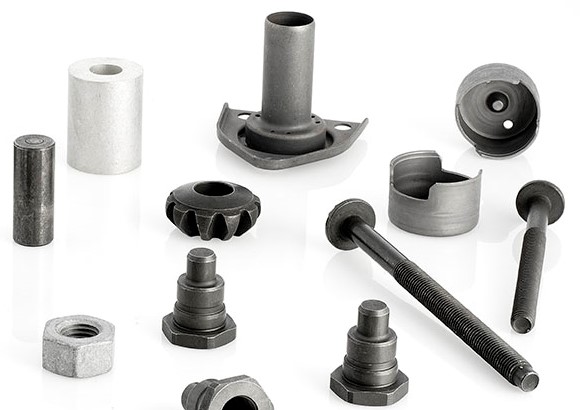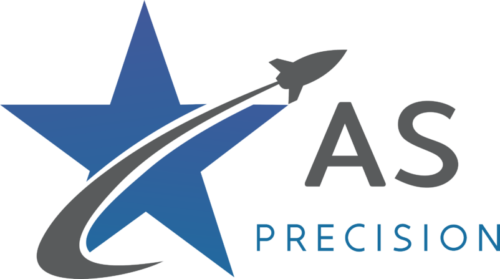Forging parts machining is a process in which metal is pushed into shape by a master die and the workpiece then undergoes a series of post-forging operations, such as milling and grinding, to achieve the final form.

What is forging parts machining?
Forging is the process of creating a metal part by hammering it out from a piece of metal. The advantages to forging are that the finished product is often more uniform in shape and size than parts made through other methods, such as casting or machining. Additionally, forged parts are typically stronger and more durable than those made through other methods.
What are the benefits of forging parts machining?
Forging is one of the oldest machining processes. It's a process that uses a hammer to create objects from metal plates. Forging is typically used for parts that need to be strong and tough, like gears or axles. The main benefits of forging are:
-Forging is a very precise process. The hammers used in forging are extremely accurate, which allows for high-quality parts.
-Forging is a slow process compared to other machining processes. This means that it can take longer to produce a part, but the end result will be more accurate and sturdy.
-Forging produces parts that are unique and customized to your specific needs. This makes it a great choice for parts that need to be specifically shaped or sized.
Conclusion
Forging parts machining can be a very effective way to create customized, one-of-a-kind objects. Not only does it offer significant advantages in terms of strength and durability, but also it offers a level of precision that is simply not achievable with other fabrication methods. If you are interested in forging parts for your own projects or for use in your business, I urge you to explore the possibilities that forging provides. There is no doubt that forging can be a powerful tool for growth and success.
